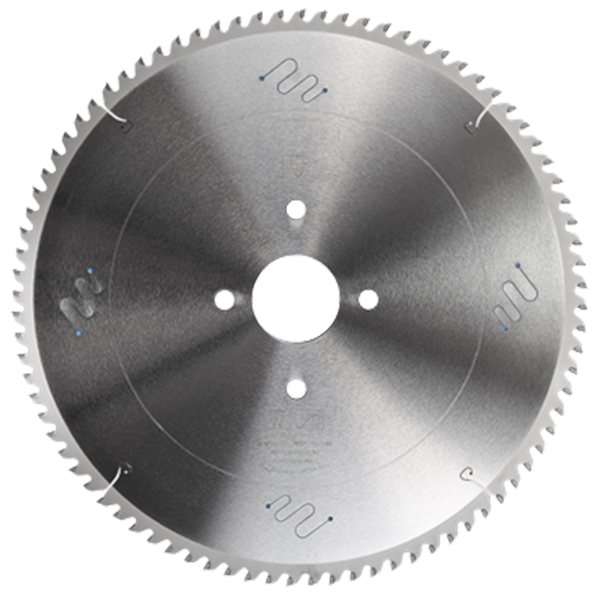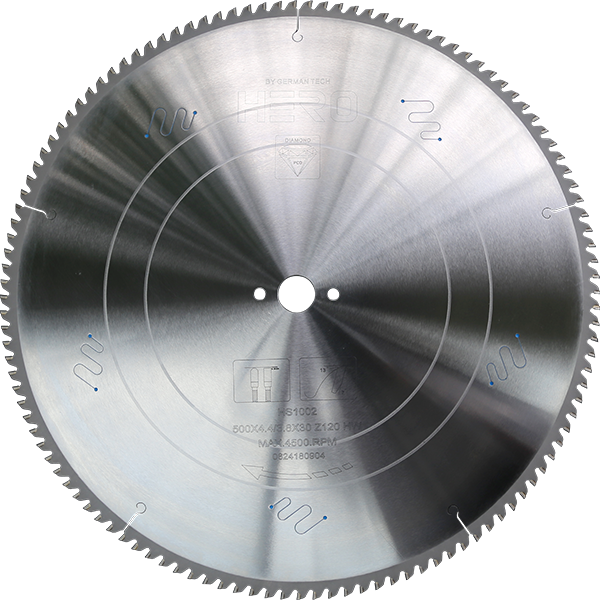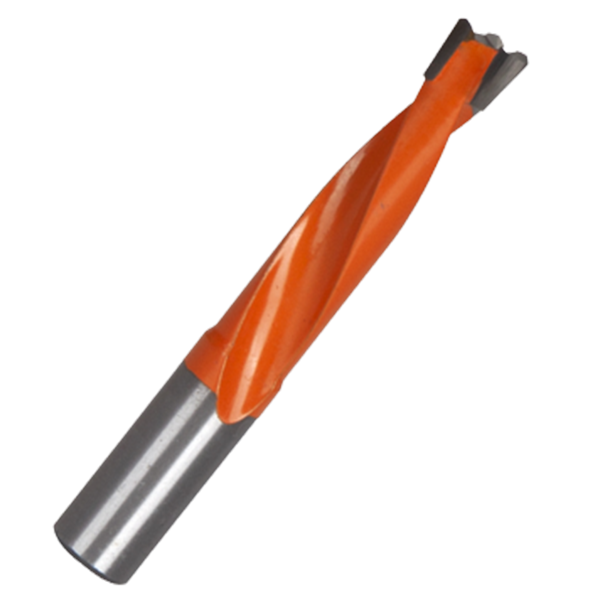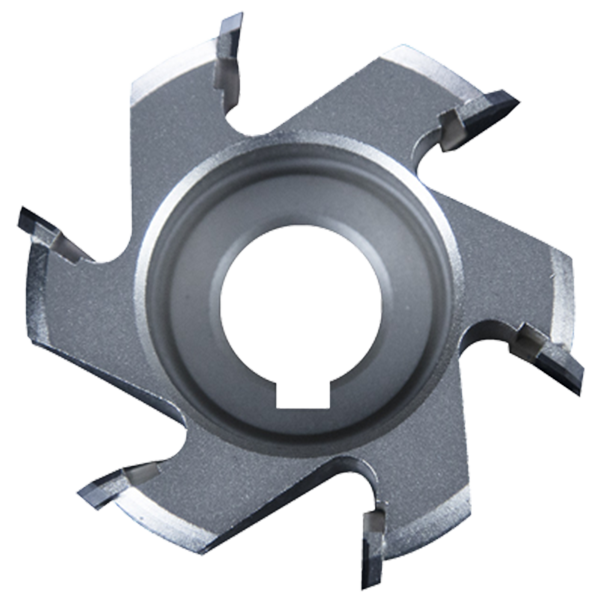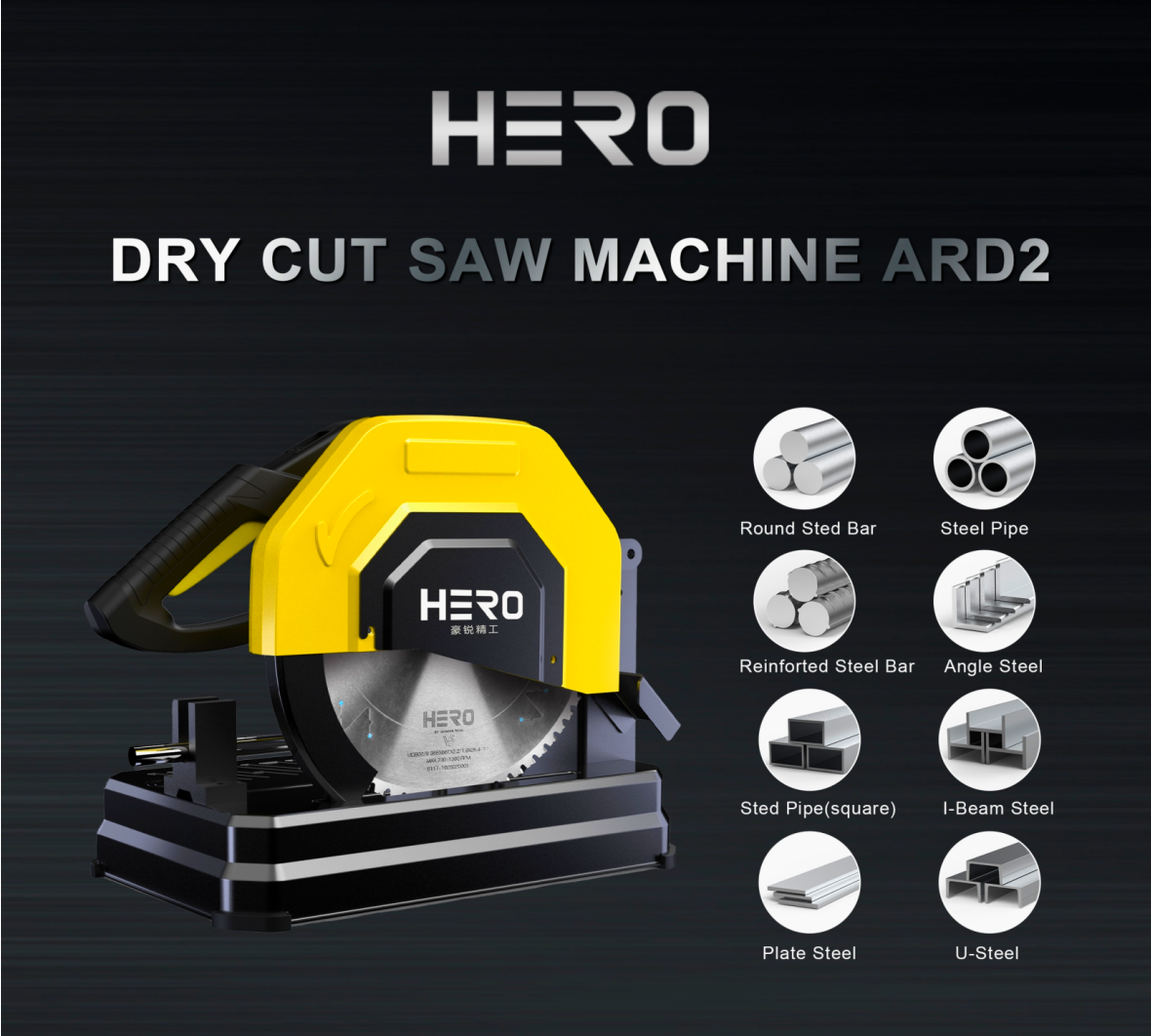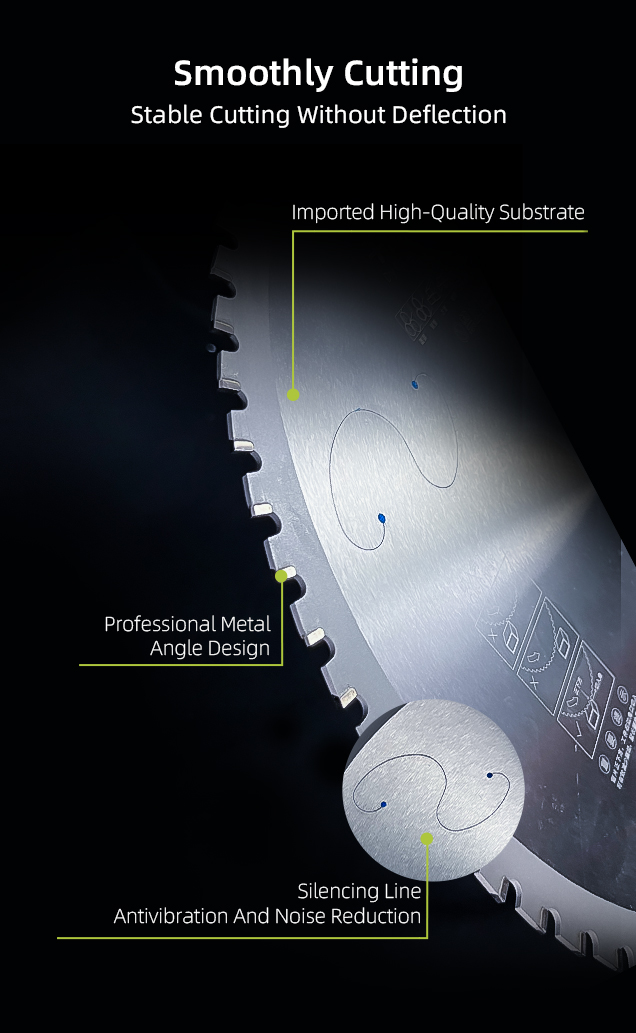Brushless vs Brushed Circular Cold Saws: What’s the Difference?
Why is a Circular Metal Saw Called a Cold Saw?
Circular cold saws allow both the material and blade to remain cool during the sawing process by transferring the generated heat to the chips.
Circular metal saws, or cold saws, are sawing machines that cut materials with high speed steel (HSS) carbide or cermet-tipped, circular saw blades. Smaller diameter blades are known as one-way blades because they are scrapped once they become dull. Larger diameter blades can be re-sharpened and reused multiple times.
The blades of cold saws cut material at higher rotational speeds to create a high chip load per tooth. Cold saws don’t require flood coolant because the heat generated by the cutting action is transferred to the chips. The chips are ejected by centrifugal forces of the rotating blade. This process allows both the blade and the cut material to remain cool, hence the name “cold saws”—but beware of the chips. Depending on the alloy, they can be red hot.
Cold Saws vs. Hot Saws
Hot saws are an alternative to cold saws. Friction saws and abrasive saws are considered hot saws due to their hot cutting actions.Friction saws feature hardened, high carbon circular blades with a variety of sharpened teeth. The teeth cut material by creating friction from the rotating blade. This cutting action melts the material while oxidizing and burning it away.Abrasive saws are very similar to friction saws except the material gets abraded in form of grinding dust. Abrasive cutting expands both the blade and the material being cut, producing more heat through friction, and increasing blade wear and energy consumption.
As a professional in the tools industry, you’ve likely encountered the debate over brushless versus brushed motors in power tools. The question often arises: “Are brushless tools better than brushed?” In this blog post, we’ll delve into what a brushless motor is, the advantages and disadvantages of brushless tools, and the specific scenarios where brushless motors truly shine.The term “brushless” refers to the motor technology used in the saw.The term “brushless” refers to the motor technology used in the saw.
What is a Brushless Motor?
A brushless motor, as the name suggests, operates without brushes. Traditional brushed motors use carbon brushes to transfer electrical current, creating friction and heat. In contrast, brushless motors use an electronic controller to manage current flow, which reduces wear and tear, improves efficiency, and enhances performance.
Advantages of Brushless Motors
1.Increased Efficiency: Brushless motors are more efficient than brushed motors, as they produce less heat during operation and have reduced energy losses due to friction. This efficiency results in longer battery life (if cordless) and less strain on the tool.
2.Higher Power-to-Weight Ratio: Brushless motors tend to be more powerful compared to their size and weight, providing better performance in a compact and lightweight package.
3.Low Maintenance: Since there are no brushes to wear out, brushless motors require less maintenance, leading to longer tool lifespan and reduced downtime.
4.Improved Performance: Brushless circular saws offer better performance and higher torque, allowing them to handle more demanding cutting tasks.
5.Smoother Operation: Brushless motors can provide more precise speed control, resulting in smoother cutting experiences and cleaner cuts.
Disadvantages of Brushless Motors
One of the main drawbacks of brushless motors is their higher initial cost compared to brushed tools. The sophisticated electronics and manufacturing process make them more expensive. However, this cost can be offset by their longer lifespan and reduced maintenance needs.
Brushless motors are also more complex than brushed motors, which can make repairs more challenging and costly if they do break down. Specialised knowledge and parts may be required.
Are There Scenarios Where Brushless Tools Aren’t Necessary?
While brushless motors offer numerous advantages, they might not always be necessary for every task or user. For casual DIY enthusiasts or for tasks that don’t demand high power or precision, brushed motors can still be a cost-effective choice. Brushed tools are generally sufficient for light-duty applications and offer a lower upfront cost.
So, are brushless tools better than brushed? For many professionals, the answer is a resounding yes. The benefits of brushless motors in terms of efficiency, power, reduced maintenance, and longer lifespan make them a superior choice for many applications. However, the higher cost and complexity may not always be justified for casual users or light-duty tasks.At HERO, we offer brushless cold saws to meet the demands of professionals seeking reliability and performance.
When using a circular saw, always follow safety guidelines, wear appropriate protective gear, and ensure you are familiar with the tool’s features and operation. It’s crucial to use the right type of blade for the material you are cutting and to take proper precautions to avoid accidents or injuries.
Safety First: Before diving into the practical aspects of using a brushless circular saw, let’s emphasize the importance of safety. Always wear appropriate personal protective equipment (PPE), including safety goggles, ear protection, and dust masks. Ensure you are working in a well-ventilated area and have a clear, clutter-free workspace. Read the user manual carefully and become familiar with the safety measures that are included on the tool.
Assemble and Inspect: If you have a corded brushless circular saw, ensure the power cord is in good condition and properly plugged into a grounded outlet. For cordless models, charge the battery fully before use. Install the appropriate blade for the material you intend to cut, and make sure it is secure and sharp. Inspect the saw for any visible damage or loose parts before turning it on.
Adjust the Cutting Depth and Angle: Most brushless circular saws allow you to adjust the cutting depth and cutting angle. Set the cutting depth according to the thickness of the material you are working with. Loosen the depth adjustment lever, adjust the base plate, and then retighten the lever. To change the cutting angle, loosen the bevel adjustment lever, adjust the angle scale to the desired degree, and then retighten the lever.
Practice Makes Perfect: If you’re new to using a circular saw, practice on scrap pieces of material before tackling your main project. Get a feel for the tool’s weight, balance, and cutting motion. This will help you build confidence and improve your cutting accuracy.
Using a brushless circular saw effectively requires proper setup, understanding its features, and adopting safety precautions. With practice and patience, you can master various cutting techniques and accomplish your cutting tasks efficiently and accurately. Remember to prioritize safety at all times and never hesitate to seek guidance from experienced users or professionals when needed. Happy cutting.
Post time: Aug-15-2024








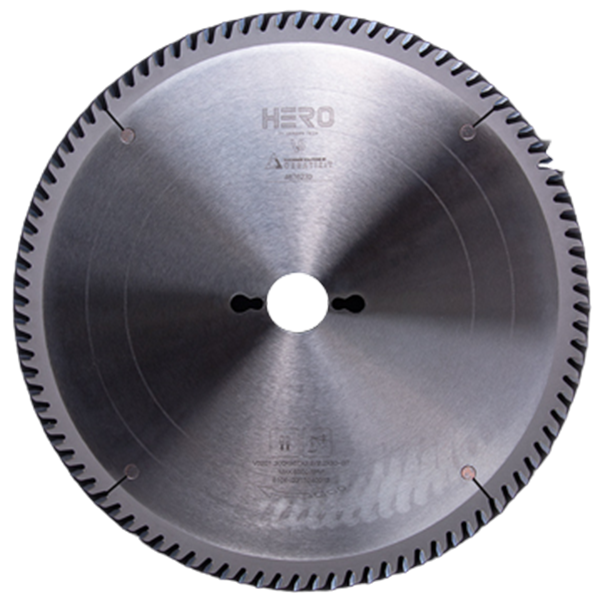 TCT Saw Blade
TCT Saw Blade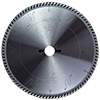 HERO Sizing Saw Blade
HERO Sizing Saw Blade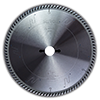 HERO Panel Sizing Saw
HERO Panel Sizing Saw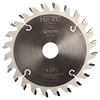 HERO Scoring Saw Blade
HERO Scoring Saw Blade HERO Solid Wood Saw Blade
HERO Solid Wood Saw Blade HERO Aluminum Saw
HERO Aluminum Saw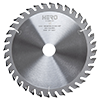 Grooving Saw
Grooving Saw Steel Profile Saw
Steel Profile Saw Edge Bander Saw
Edge Bander Saw Acrylic Saw
Acrylic Saw PCD Saw Blade
PCD Saw Blade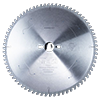 PCD Sizing Saw Blade
PCD Sizing Saw Blade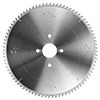 PCD Panel Sizing Saw
PCD Panel Sizing Saw PCD Scoring Saw Blade
PCD Scoring Saw Blade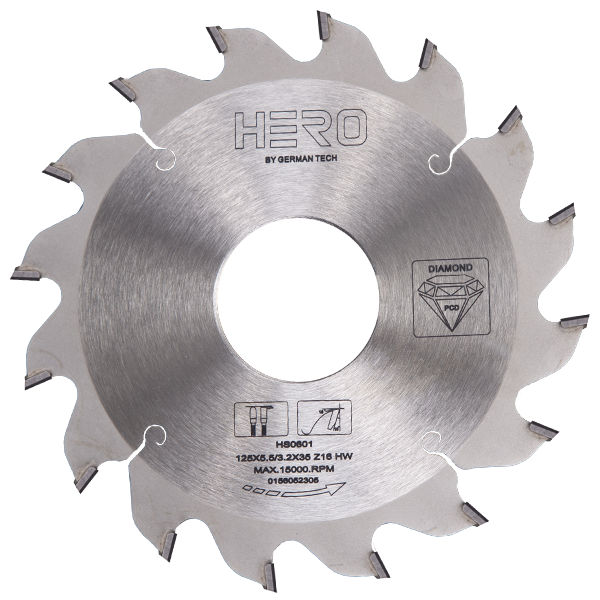 PCD Grooving Saw
PCD Grooving Saw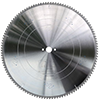 PCD Aluminum Saw
PCD Aluminum Saw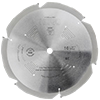 PCD Fiberboard Saw
PCD Fiberboard Saw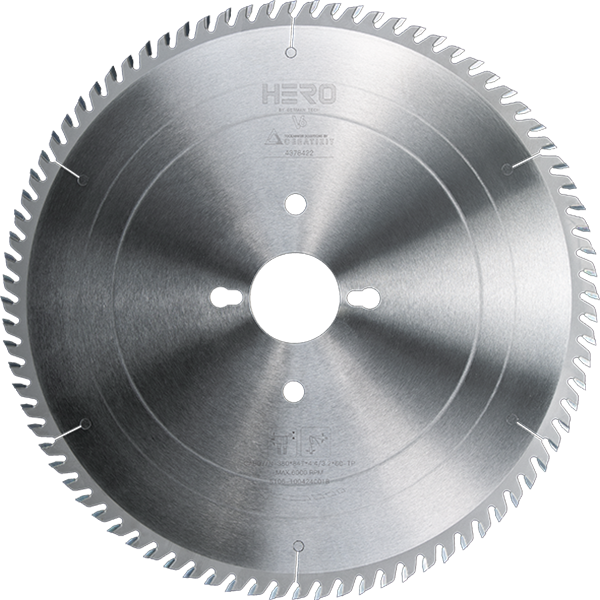 Cold Saw for Metal
Cold Saw for Metal Cold Saw Blade for Ferrous Metal
Cold Saw Blade for Ferrous Metal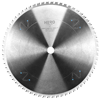 Dry Cut Saw Blade for Ferrous Metal
Dry Cut Saw Blade for Ferrous Metal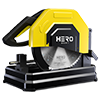 Cold Saw Machine
Cold Saw Machine Drill Bits
Drill Bits Dowel Drill Bits
Dowel Drill Bits Through Drill Bits
Through Drill Bits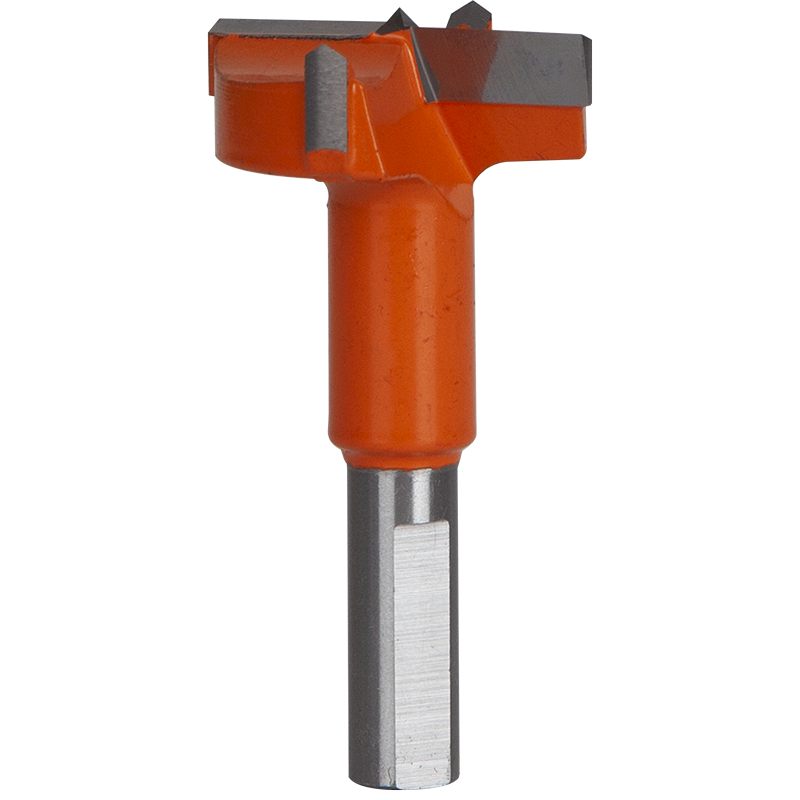 Hinge Drill Bits
Hinge Drill Bits TCT Step Drill Bits
TCT Step Drill Bits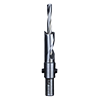 HSS Drill Bits/ Mortise Bits
HSS Drill Bits/ Mortise Bits Router Bits
Router Bits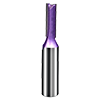 Straight Bits
Straight Bits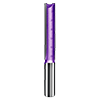 Longer Straight Bits
Longer Straight Bits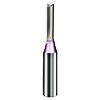 TCT Straight Bits
TCT Straight Bits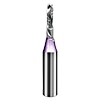 M16 Straight Bits
M16 Straight Bits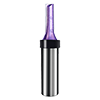 TCT X Straight Bits
TCT X Straight Bits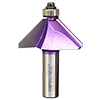 45 Degree Chamfer Bit
45 Degree Chamfer Bit Carving Bit
Carving Bit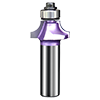 Corner Round Bit
Corner Round Bit PCD Router Bits
PCD Router Bits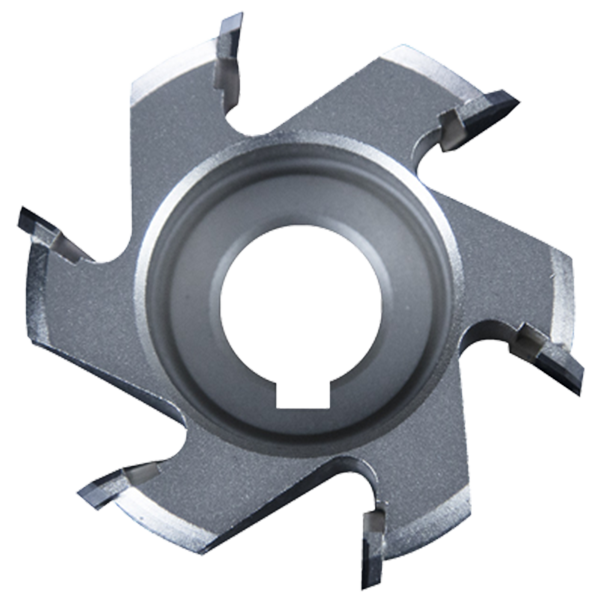 Edge Banding Tools
Edge Banding Tools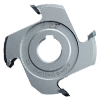 TCT Fine Trimming Cutter
TCT Fine Trimming Cutter TCT Pre Milling Cutter
TCT Pre Milling Cutter Edge Bander Saw
Edge Bander Saw PCD Fine Trimming Cutter
PCD Fine Trimming Cutter PCD Pre Milling Cutter
PCD Pre Milling Cutter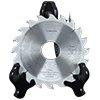 PCD Edge Bander Saw
PCD Edge Bander Saw Other Tools & Accessories
Other Tools & Accessories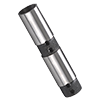 Drill Adapters
Drill Adapters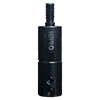 Drill Chucks
Drill Chucks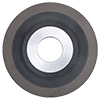 Diamond Sand Wheel
Diamond Sand Wheel Planer Knives
Planer Knives
